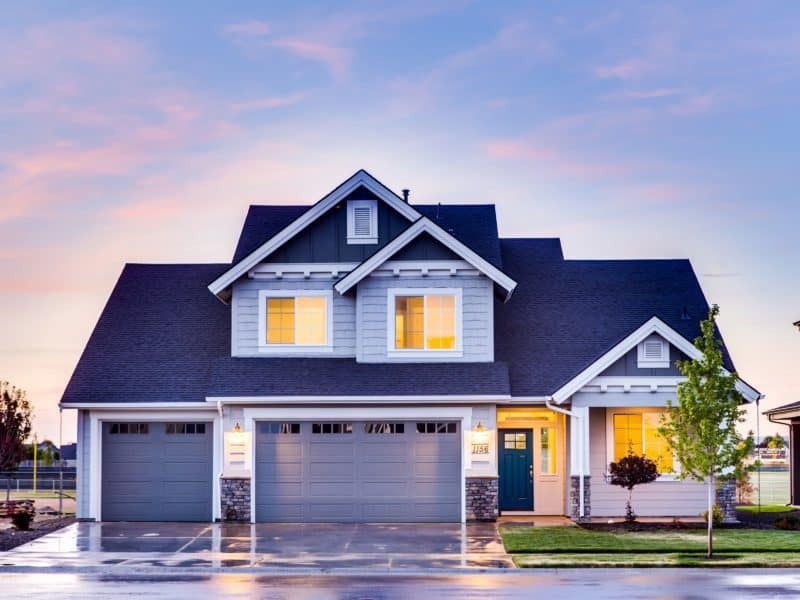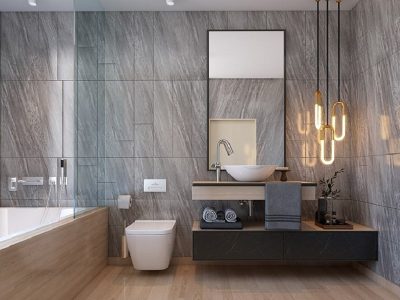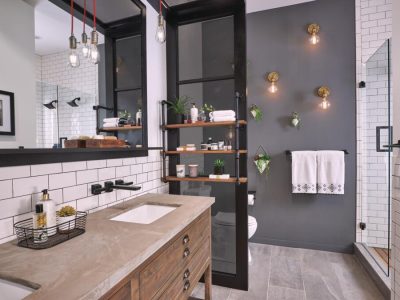In today’s rapidly changing world, the dynamics of the family unit have a significant impact on how homes are designed and utilized. As families evolve and adapt to new lifestyles and priorities, the design of residential spaces has also undergone a transformation to meet the changing needs and preferences of modern families. From open-concept layouts to multi-functional spaces, the influence of family dynamics on home design is undeniable.

1. Changing Family Structures
One of the key factors influencing home design is the changing structure of families. With the rise of single-parent households, multigenerational living arrangements, and co-living setups, designers are reimagining traditional floor plans to accommodate diverse family structures. Flexible layouts that can easily adapt to different living situations have become increasingly popular.
2. Emphasis on Shared Spaces
Modern families place a high value on shared experiences and quality time spent together. This emphasis on togetherness has led to the creation of open and interconnected living spaces that promote interaction and bonding. Kitchens that flow seamlessly into living areas, outdoor entertainment spaces, and communal areas within the home have become essential features in family-oriented home design.
3. Integration of Technology
Technology plays a significant role in shaping family dynamics and, consequently, home design. Smart home systems, integrated entertainment systems, and home automation features are now common in modern homes, catering to the tech-savvy needs of today’s families. Design elements such as built-in charging stations, Wi-Fi connectivity, and smart appliances are seamlessly integrated into the overall design of the home.
4. Focus on Functionality and Versatility
Families today lead dynamic and multifaceted lives, requiring their homes to be equally versatile and functional. Designers are incorporating multifunctional furniture, flexible storage solutions, and adaptable living spaces to meet the diverse needs of modern families. From home offices that double as guest rooms to convertible dining areas, the focus is on maximizing space and utility.
5. Personalization and Individual Expression
While family dynamics play a crucial role in shaping home design, there is also a growing emphasis on personalization and individual expression within the home. Families are seeking spaces that reflect their unique tastes, preferences, and lifestyle choices. Customization options, unique architectural features, and personalized decor elements are increasingly incorporated into home design to create a sense of belonging and identity.
In conclusion, the relationship between family dynamics and home design is a dynamic and evolving one. As families continue to evolve and redefine what it means to live together, designers are tasked with creating spaces that not only meet the practical needs of modern families but also resonate with their values, aspirations, and sense of community. The fusion of functionality, aesthetics, and personalization in home design reflects the ever-changing nature of family life and the enduring importance of the home as a place of connection, comfort, and belonging.













Comments